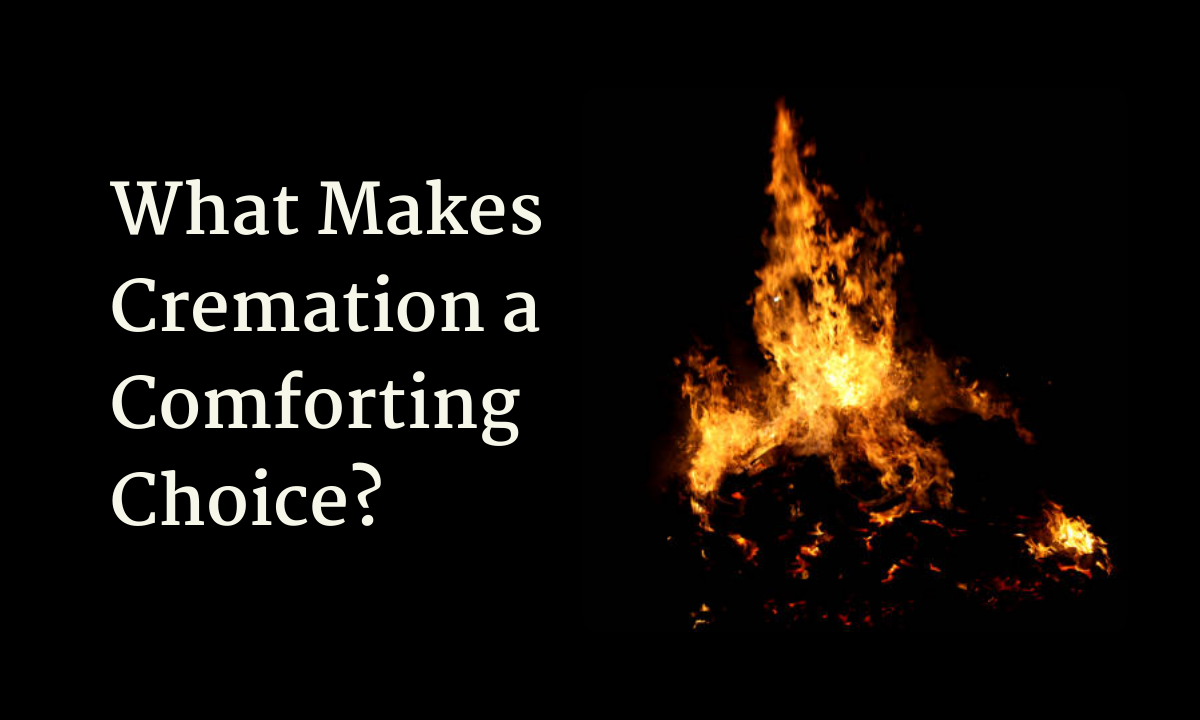In the dynamic embroidery of human feelings, gratitude arises as a generally loved opinion. Its importance is profound, transcending social limits. Gratitude, or thankfulness, is a powerful human emotion that even animals can feel. One never forgets the person who was there for him when nobody else was. Today, we dig into the symbol of gratitude, exploring general nature and the normal symbols exemplify this strong inclination.
In the mosaic of human feelings, gratitude stands out as a general connector. The symbols that address this profound inclination change, yet their substance remains consistent. In this blog, we will talk you through the meaning, importance and 12 types of gratitude symbols to feed your empathetic soul.
What is the Symbol of Gratitude?
The general symbol of gratitude is often communicated through a straightforward motion – the demonstration of saying “thank you.” This rises above linguistic obstructions, carrying a widespread meaning that resounds with individuals across the globe. The genuine appreciation passed on through these two words implies a mutual perspective of gratitude.
Common Symbols of Gratitude
Wondering what are some universal symbols of thankfulness? Let’s discover:
1. The Heart Symbol
The heart symbol rises above its relationship with adoration and sentiment to turn into a strong image of gratitude. Across societies, the heart communicates profound appreciation and warmth.
It connotes the profound association between individuals as well as the acknowledgement of the positive effect somebody has had on one’s life. Whether drawn, gifted, or shaped with hands, the heart symbolizes the sincerity and profundity of gratitude felt toward others.
2. Hands in Prayer Position
Found in different societies and religions, the token of folding hands in a prayer position is a piercing symbol of gratitude.
This actual articulation conveys lowliness and affirmation. The demonstration of bringing one’s hands together addresses solidarity of direction and a common appreciation for the second or individual.
It goes beyond anything describable, creating a visual language of gratitude that reverberates profoundly with the otherworldly and the mainstream the same.
3. Gifts and Flowers
The demonstration of offering gifts or flowers is a substantial symbol of gratitude. Past the material worth, these tokens symbolize care and thought. A painstakingly picked gift or a bunch of flowers addresses a longing to respond to the kindness got. It turns into a noticeable and accessible articulation of gratitude, enhancing the association between the provider and the beneficiary, and serving as a lasting reminder of the positive trade.
4. Lighting Candles
Lighting candles holds a symbolic importance in expressing gratitude. The flickering fire addresses the illumination of one’s heart with gratitude, spreading warmth and energy to those around. In profound and social settings, the demonstration of lighting candles is a custom that implies the dispelling of haziness and the ushering in of light.
This symbol reverberates profoundly, portraying gratitude as a wellspring of light that lights up the individual expressing it as well as the more extensive local area.
5. Smiley Face
In the cutting-edge period, the smiley face has turned into a generally perceived and all-around figured-out symbol of bliss and satisfaction. At the point when utilized about gratitude, the smiley face adds a hint of lightheartedness to the opinion. It conveys the happiness and positive feelings related to being appreciative.
Whether utilized in computerized correspondence, handwritten notes, or as a visual portrayal, the smiley face typifies the happy part of gratitude, reminding us of the delight inherent in expressing much obliged.
6. Dove
The bird is a symbol of harmony and gratitude in different societies. Releasing birds during services implies a longing for congruity and offers thanks for the snapshots of harmony and solidarity that the event brings.
7. Knots
Tying hitches, particularly in threads or strings, symbolize the binding of associations and connections. In expressing gratitude, the demonstration of tying a bunch means a guarantee to maintaining and strengthening the ties that summon appreciation.
8. Tree of Life
The Tree of Life is a symbol of gratitude tracked down in many societies, representing development, interconnectedness, and the pattern of life. Expressing gratitude through this symbol conveys an appreciation for the interconnectedness of all things and the continual development and restoration of life.
9. Sunflower
The sunflower, with its energetic and uplifting appearance, symbolizes love and unwaveringness. With regards to gratitude, the sunflower addresses the glow and inspiration that accompany being appreciative. Its brilliant petals reflect the brilliance that gratitude brings to both the provider and collector.
10. Infinity Symbol
The infinity symbol of gratitude, with its circled shape, addresses perpetuation and endlessness. At the point when utilized in articulations of gratitude, it symbolizes the unlimited idea of appreciation. It proposes that the effect of gratitude knows no restrictions and continues indefinitely, fostering enduring associations and positive energy.
11. Lotus Flower
In different Eastern societies, the lotus bloom is a symbol of virtue, illumination, and resurrection. Using the lotus in articulations of gratitude conveys a feeling of profound awakening and the extraordinary force of being grateful. It addresses the blossoming of positive feelings and development through gratitude.
12. Quill and Ink
The customary plume and ink symbolize the demonstration of writing and expressing oneself. Concerning gratitude, this symbol addresses the force of composed words to convey appreciation. Whether through a heartfelt letter or a straightforward note, the plume and ink mean the enduring effect of expressing thanks through-composed correspondence.
Frequently Asked Questions
Let’s uncover some potential insights of the universal symbol of gratitude:
1. Why is gratitude considered a universal language?
Gratitude rises above language boundaries since it depends on non-verbal articulations like grins, gestures, and signals, making it all around got it and appreciated.
2. Are there cultural variations in expressing gratitude?
Indeed, societies might have novel ceremonies, however, the central inclination remains something similar. Some might offer thanks through unambiguous motions or functions, yet the quintessence of gratefulness is a consistent idea.
3. How can symbols of gratitude positively impact mental well-being?
Symbols of gratitude act as reminders of positive encounters, fostering a feeling of prosperity. They can lift the state of mind, diminish pressure, and add to general mental and profound equilibrium.
4. Can gratitude be expressed silently?
Absolutely. Quiet articulations of gratitude, like an act of kindness or a kind deed, can be as strong as verbal articulations. Conveying appreciation in a manner that feels generally valid.
5. Is there a cultural significance to specific symbols of gratitude in India?
Indeed, in India, offering collapsed hands (Namaste), presenting flowers, and sharing desserts are normal symbols of gratitude. Each conveys social and profound importance, representing lowliness and appreciation.
Conclusion
From the effortlessness of a “much obliged” to the intricate social articulations in India, the symbol of gratitude is a strong power that binds all of us, fostering associations and enriching the human experience.
If you like this blog and are suffering a loved one’s loss, consider connecting with us. Beleiv, devoted to empathetic funeral services in India, gives comfort during challenging times. With a promise to socially responsive qualities, they offer complete finish-of-life game plans.
From honourable services to help for grieving families, Beleiv guarantees a deferential goodbye, easing the weight of funeral arrangements with professionalism and compassion.





